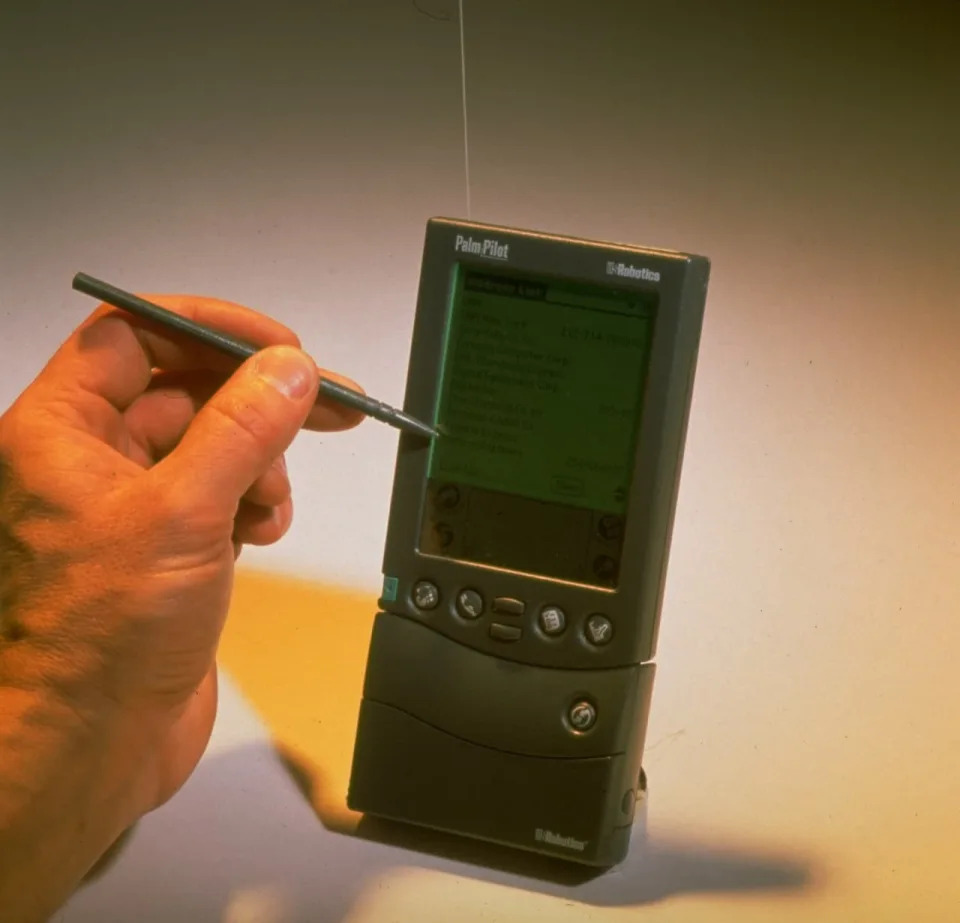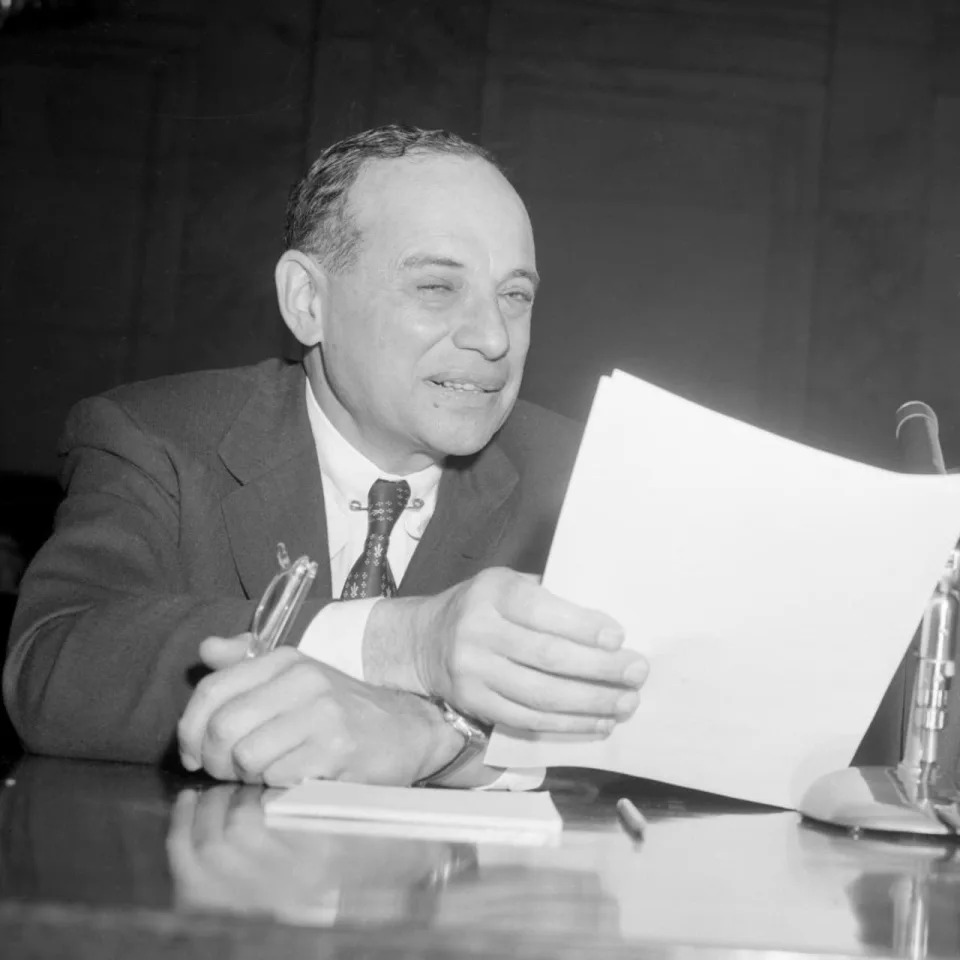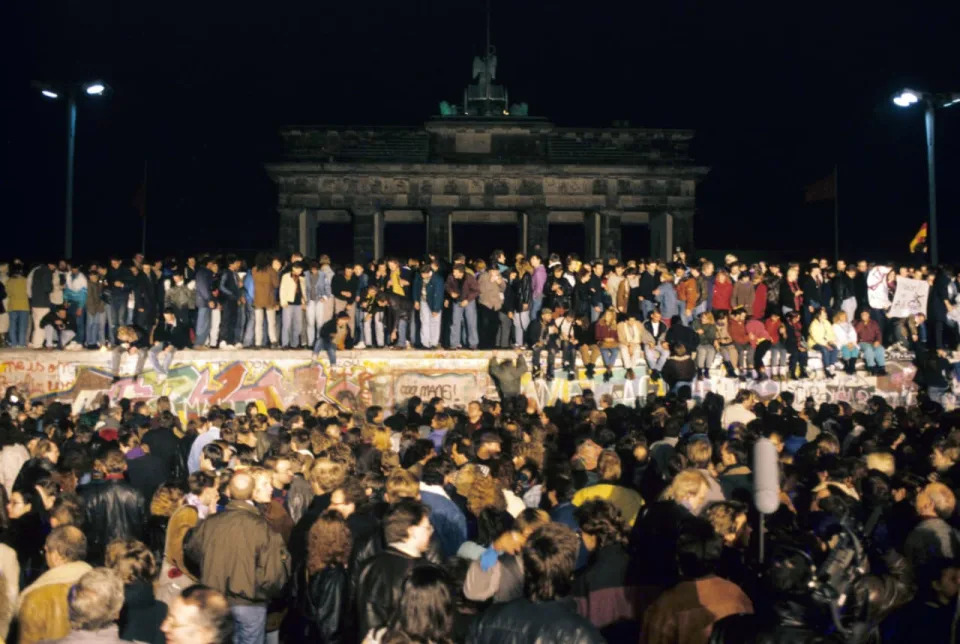These Are the Wildest, Weirdest Stock-Market Prices We’ve Ever Seen

Seasoned investors have a chuckle when the investing masses pay two bucks for a dollar in the market, and sometimes they even hop onto the crazy train briefly themselves if they think it can temporarily go to three dollars. But pricing anomalies can be a sign of froth for the broader market.
In the latest high-profile example, MicroStrategy’s share price implies a value for its main asset— a huge stash of bitcoins —that is more than double the price of bitcoin on the open market.
Even more extreme, a closed-end investment fund called the Destiny Tech100 recently was trading for 11 times as much as the fund’s net asset value, or NAV, as of Sept. 30, down from as high as 21 times earlier this year. Investors have been clamoring to buy shares of the fund, best known by its ticker symbol, DXYZ, because it owns shares of Elon Musk’s SpaceX and other closely held tech companies. Individuals have few other ways to gain exposure to them.
A new phenomenon? Not at all. There are no new stories, only new investors, as the saying goes. Nonetheless, situations such as these are strange and worthy of a good gawking. They violate the principle known as the law of one price, which holds that identical goods should have identical prices. They also can be a symptom of speculative euphoria in the stock market, although it is impossible to know how long the mood might last or whether it will intensify.
“Weird things can happen without bubbles, but bubbles can’t happen without weird things,” says Owen Lamont, a portfolio manager at Acadian Asset Management who has studied such anomalies for decades, dating back to his days as a Yale finance professor. “When there are optimistic retail investors, they will overpay in crazy ways, and you can’t always tell that they’re overpaying. But you can tell when there’s a substitute that they’re ignoring.”
There is a long history of such aberrations in the stock market. Eventually they go away, or should. But it can be risky in the short term to try capitalizing on the price inefficiencies by, say, selling the overvalued asset short and buying the undervalued one. Wild anomalies can get even wilder and stay that way for a long time.
Sometimes there is no practical way to take advantage of the diverging prices through arbitrage, which might help explain how the anomaly is possible. You can’t buy shares of SpaceX on a public stock exchange, for instance, because it isn’t traded.
Here are some famous and not-so-famous historical examples.
1923: Short GM, long DuPont

Benjamin Graham —who taught Warren Buffett how to analyze securities—in his memoirs told the story of an investment firm he started in 1923 and its first trade: buying DuPont and shorting General Motors, in which DuPont (then known as “Du Pont”) owned a large stake.
“The first thing I did was to buy some shares of Du Pont and to sell seven times as many shares of General Motors short against it,” he wrote. “At that time, Du Pont common was selling for no more than the value of its holdings of GM, so that the market was really placing no value on its whole chemical business and assets. So Du Pont was greatly undervalued by comparison with the market price of General Motors.” The pairs trade worked, and he made a profit.
1929: Closed-end funds
A surge in the issuance of closed-end funds was a hallmark of the 1929 bull market before the stock-market crash in October that year. The highest documented premium to NAV for a closed-end fund was 1,235% at a fund called Capital Administration Co., according to a 1991 article by Bradford DeLong and Andrei Shleifer, both then Harvard economics professors.
At a 1940 Senate hearing on new legislation for investment companies and trusts, the chief counsel of the Securities and Exchange Commission said he asked Goldman Sachs senior partner Sidney Weinberg about the closed-end funds it had formed and, specifically, “Why do you form them so rapidly?” He said Weinberg replied, “Well, the people want them.”
Late 1980s: Single-country funds

This mania was among the loopiest ever. Investors piled into so-called single-country funds listed on the New York Stock Exchange, with names such as the Germany Fund and the Spain Fund. They fetched enormous premiums to NAV even though the securities they owned in the respective countries were easily accessible to foreign investors. In 1989, the average single-country fund’s share price rose 102%, more than twice the advance recorded by its underlying NAV, according to a Barron’s article the following year.
A confluence of events helped feed the surge. The Berlin Wall fell that year, just as the Japanese asset-price bubble was peaking. A Wall Street Journal article in September 1989 reported that the Spain Fund gained 45% in a single day, “the biggest rise for any stock on any exchange” that day, “fueled by continued strong buying by Japanese investors.” Its premium then stood at 165% of NAV, which consisted of Spanish stocks, and the frenzy spilled over into other single-country funds.
A hot trade for a while was to sell the single-country funds short and buy the stocks they owned, aiming to profit when the values converged. They eventually did.
3Com/Palm: The mother of all pairs trades
The PalmPilot during the 1990s and early 2000s was a hand-held device and personal assistant that came with a touch-screen display and a stylus. Palm was the biggest maker of hand-held computer devices, with 70% market share, and it held its initial public offering in March 2000 , about a week before the Nasdaq Composite Index’s peak during the dot-com bubble.
Palm’s shares jumped 150% on their first day of trading, giving Palm a stock-market value of about $53 billion. Palm was still 94%-owned by parent 3Com at the time. Yet on Palm’s first day of trading, 3Com’s shares fell 21%.
The funny part: According to the stock market, 3Com was worth about $23 billion less than the value of the Palm shares that 3Com owned. This made no sense, yet the valuations remained out of whack for months. In time, both stocks came down to earth, sanity prevailed and the world eventually moved on to smartphones.
Planet of the Apes
In August 2022, AMC Entertainment, which skyrocketed in value during the pandemic as part of an epic short squeeze, said it would give owners one share of newly issued preferred stock, with the ticker symbol APE, for each AMC common share. (AMC’s retail fans called themselves apes). The preferred shares didn’t pay a dividend, and economically they were almost identical to the common shares. As the Journal reported at the time, many investors figured that the reason AMC did this was that it had failed to get shareholder permission to sell more common shares.
Notwithstanding their virtual sameness, the two stocks had different prices. An October 2022 Journal column noted that AMC fetched $6.97, and APE just $2.71.
Although there were borrowing costs involved, an arbitrager should have been able to short AMC shares (by borrowing and selling the stock) and buy an equivalent number of APE units, profiting when they converged—which they finally did. To be sure, anyone doing the trade would have needed an iron stomach. The APE units ceased trading in August 2023 when the company converted them into AMC shares.
Write to Jonathan Weil at [email protected]

